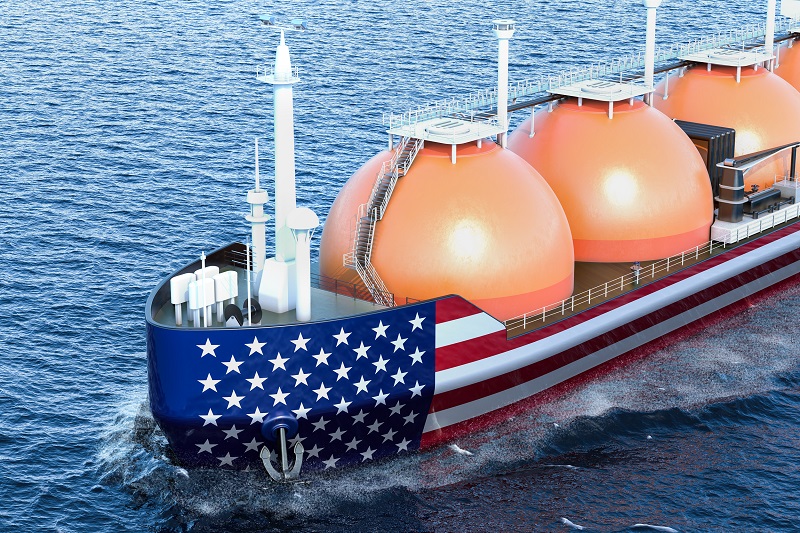6 Current Disruptive Energy Trends

So many different things affect rising energy prices: Supply, demand, storage, weather, global markets, regulatory changes and more. For the past two or three years, tracking the cost of energy commodities has been as thrilling as a rollercoaster ride. Never has this been truer than in the current energy pricing environment where the usual variables were complicated by a series of surprises no one could foresee.
1. The Pandemic
The first energy pricing jolt occurred in March 2020 when the COVID-19 pandemic shuttered businesses and sent employees home. Over the next year, many businesses closed or slowed down due to a lack of customers, supplies and/or employees. An episode of demand destruction ensued, and the need for energy dropped precipitously.
2. Storage Levels
The lack of demand not only lowered the cost of energy but also slowed energy production. As the U.S. began to open up again in early 2021, the economy picked up faster than expected, and energy supply struggled to meet demand. With gas going out almost as fast as it was going in, producers couldn’t catch up. Storage levels suffered as a result, creating a supply lag as we entered into 2022. Since about 40% of the electricity grid is fueled by natural gas, rising natural gas prices lead to rising electricity prices, too.
3. Weather
Extreme weather conditions accompanying climate change continue to disrupt energy supply and cause prices to rise. A longer, colder winter in 2021 has been followed by an excessively hot spring and summer in 2022. The extremes stepped up energy demand for heating and then for cooling. With storage at lower than average levels for this time of year, fear begins to set in. Fear leads to high prices and hoarding that raises prices even more.
4. LNG Exports
Europe has had its own energy shortage that was already raising prices in global markets. Any producer wants to get the highest price for his product, so U.S. LNG (liquified natural gas) producers responded with increased shipments to Europe.
Because LNG is processed from natural gas, U.S. storage and production were further compromised. The U.S. needs more LNG production. Though facilities are under construction, they take about five years to build. If U.S. production stays flat, there is only one way for prices to go, and that’s up.
5. War in Ukraine
When Russian attacked Ukraine, energy production, trade and supply connections were affected across Europe and the U.S. In solidarity many countries put sanctions on purchasing Russian commodities and voluntarily cut back on Russian gas imports. In retaliation Russia is now cutting back its own gas exports to certain European countries that depend on that supply.
Russia’s stance as the world’s third-biggest oil producer and the second-biggest natural gas producer put them in a strong position to upset energy markets and global economies. Russia supplies one out of every 10 barrels of oil used around the world, and half of its five million barrels a day had been going to Europe. The possibility of tapping into Russia’s vast energy resources becomes less likely with every escalation of war. Though concerns for a sustainable planet and self-sufficiency are at top of mind for most Europeans, there is a good chance they will be forced to revert to coal to get through the crisis.
6. Infrastructure & Investment
U.S. companies are not drilling or investing in wells right now for several reasons. Global focus on environmentally friendly, renewable fuels has sent the message to producers that their product will lose value over the coming decades. This discourages spending billions of dollars to expand present-day production. Banks are less inclined to take the investment risk, and rising interest rates make loans more expensive for the borrower. Inflation makes it more expensive to build and buy equipment. Last but not least, low unemployment makes it hard to find skilled personnel.
Maintenance of delivery channels such as pipelines and shoring up infrastructure also detract from the market and add to rising energy prices. Supply chain chaos has made routine grid maintenance and upgrades more expensive. As utilities and regulators realize the increasing need to harden electricity grids against natural and unnatural disasters, power companies must spend more on new transmission lines, renewable and non-renewable generation equipment and more.
Preparing for the Future
Slowed production, lower storage levels, extreme weather and renewed fears of natural gas shortages will likely send U.S. energy prices higher. The complexities of the energy market make it advantageous to have a trusted expert on hand to guide your business’ purchases of energy commodities.
Analysts who specialize in energy procurement keep tabs on all the changing factors in order to purchase energy at the optimal price to meet your business needs. If you want help making informed decisions on your energy spend for the years ahead, please talk to one of our energy consultants.
Joe Scicutella is an energy procurement analyst for Cost Control Associates. He helps his clients obtain energy supply at the optimal price. He keeps his thumb on the pulse of the energy marketplace by monitoring supply, providing insights, working with suppliers to obtain pricing and negotiate contracts. Joe currently manages more than $2.5 billion in total client annual spend and has saved his clients more than $2.8mm on costs since July 2019. Learn more.
